PC MS-DOS
games list! |
| Total reviews! |
Handheld: 57 16/32bit Computers: 830 8bit Computers: 416 8bit Consoles: 58 16bit Consoles: 78 32/64bit Consoles: 107 128bit Consoles: 28 |
| OnLine members |
| Currently: 16 |
 |
| Best on 8bit micro! |
International Karate + - Commodore64 Xyphoes Fantasy - AmstradCPC Arkanoid II - AmstradCPC Pang - AmstradCPCPlus Wrath of the Demon - Commodore64 Night Hunter - AmstradCPC Barbarian - AmstradCPC Prince of Persia - SamCoupe Lemmings - SamCoupe |
| Best on 16bit micro! |
Turrican II - Amiga Shadow of the Beast - Amiga Jim Power - Amiga Agony - Amiga Turrican 2 - AtariST Project X - Amiga Super Frog - Amiga Flashback - Amiga Dark Seed - Amiga Flashback - Archimedes Warlocks - Archimedes Cannon Fodder - Amiga Turrican II - PC Universe - Amiga Hurrican - PC Tyrian - PC Super Stardust - AmigaAGA Pac-Mania - X68000 |
| Best on 8bit consoles! |
Pac-Mania - MasterSystem The NewZealand Story - MasterSystem Pang - GX4000 Batman Return of The Joker - nes Battletoads & Double Dragon - nes |
| Best on 16bit consoles! |
Jim Power - snes Donkey Kong Country - snes Aladdin - snes Comix Zone - Megadrive Alien Soldier - Megadrive Blazing Lazers - pcengine Raiden - pcengine Super Star Soldier - pcengine |
| Best on 32bit consoles! |
G-Darius - psone Super Mario 64 - n64 ISS Pro Evolution - psone Perfect Dark - n64 Dino Crisis 2 - psone Resident Evil 2 - psone Metal Gear Solid - psone Oddworld: Abe - psone Klonoa: Door To Phantomile - psone Medievil - psone Nights Into Dreams - Saturn Flashback - CDi |
| Total hits! |
| Puzzle! |
 |
| Random Old Ads! |
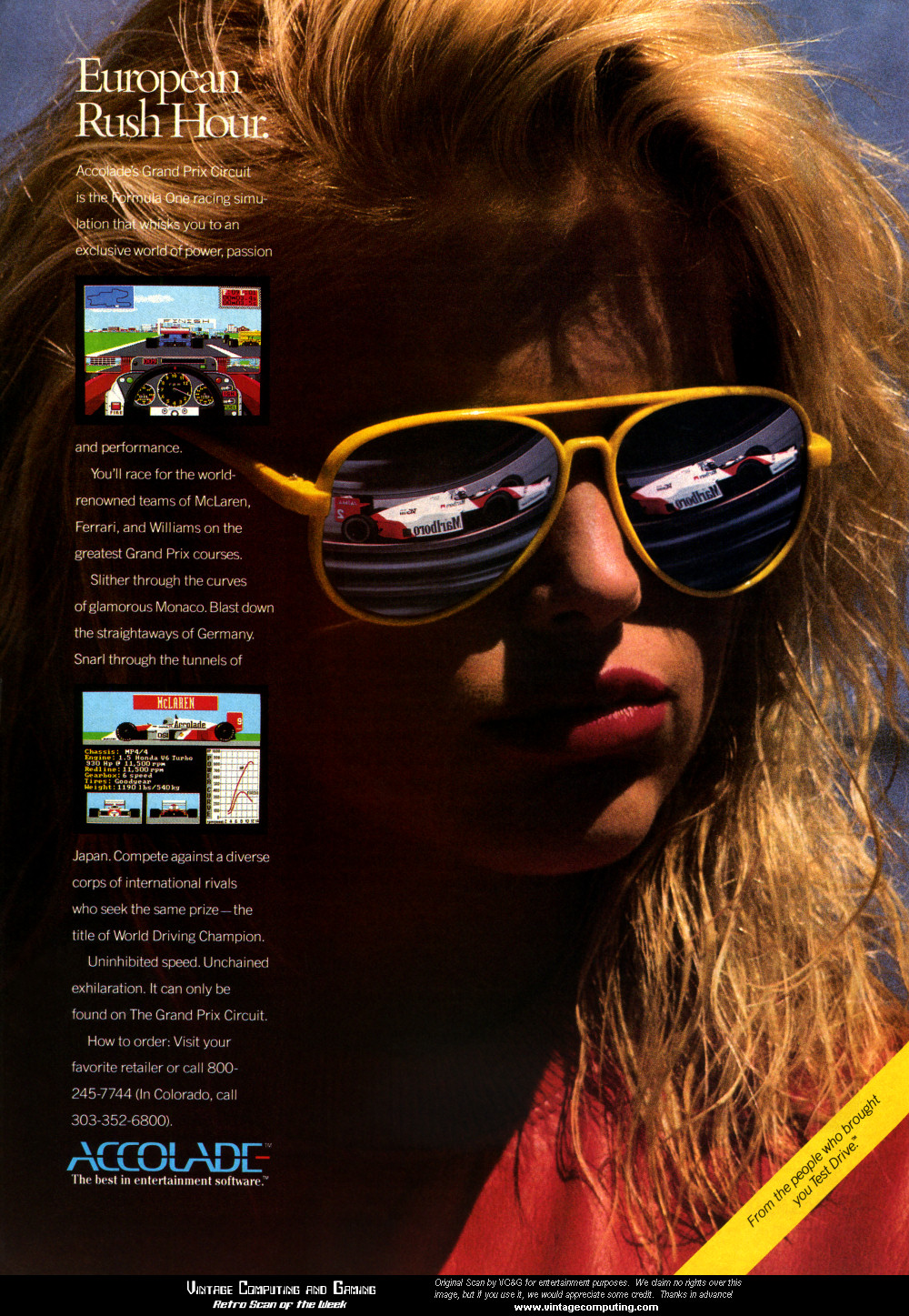 |
| ||||||||||||||||||||||||||
| ||||||||||||||||||||||||||
| ||||||||||||||||||||||||||
 STORY / GAMEPLAY STORY / GAMEPLAY The Sun is about to turn into a Supernova and humans are evacuating their home planet via large spaceships. Unfortunately the best escape from disaster leads straight to the territory of the Rexxon Empire and this is considered as an act of war! You're the best fighter pilot around and your fate is to protect the human kind by flying one of the most advanced "Epic Class" space-fighters! The game starts with a wonderful intro that shows the story via great visuals and a really great soundtrack. The game offers eight different levels in full 3D that take you either in deep space or over a planet's surface. Each mission has a time limit to complete and usually involves destroying assigned targets or protecting the humans' space fleet from incoming Rexxon fighters. Before each mission, briefing is done by the Fleet Commander's Headquarters. The controls and the action is exactly the same as in a typical fighter-pilot simulator where you fly the Epic fighter from inside the cockpit. The cockpit shows a few digital instruments (speed, heading, shield etc) for your navigation. GRAPHICS / SOUND The game offers wonderful 3D environments of great detail and fast animation. The MS-DOS version uses a larger color palette compared to the original (Amiga) version while the action is faster as long as you own a 16MHz+ 286/386 PC and a basic VGA graphics. The game's visuals are taken from the (excellent) F-29 Retaliator flight simulator (released in 1990 by DID/Ocean). All visuals are viewed in 3D and consist of a mix of colored polygons and bitmaps performing astonishing screens of animated objects. The game's sound is also good, offering a cool intro tune mixed by the famous David Whittaker and taken from the "The Planets Suite" masterpiece, composed and offered by Gustav Holst. There are some other cut-scene tunes too as well as several in-game sampled sound effects (like laser/missile firing, explosions, spaceship thrusts etc). Comparably, the Amiga version's sound is much better than the ST and DOS counterparts. GAMEPLAY VIDEO On our compilation video we have included the Atari ST, Amiga and DOS versions of the game. | ||||||||||||||||||||||||||
 |
| ||
| ||||
| ||||
| ||
| ||||||||
|
|
| ||||||
| ||
PC (ms-dos based)
| ||
| read more... | ||
| The PC (ms-dos based) (default) color palette | ||
 | ||
| CGA: 16-color palette (4 on-screen) | ||
 | ||
| EGA: 64-color palette (16 on-screen) | ||
 | ||
| VGA: 256-color palette (256 on-screen) | ||
| ||
| No comments added yet | ||
| Login to leave your message! |
| Our featured games |
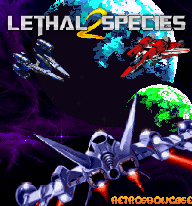 |
| Play old-school now! |
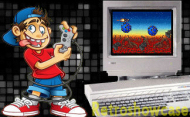 |
| Music Player! |
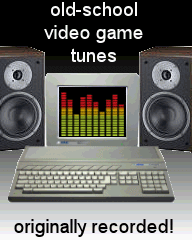 |
| Play ZX on-line!! |
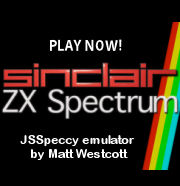 |
| Play CPC on-line!! |
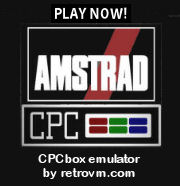 |
| Boot Screens! |
 |
| Retro-games Trivia! |
 |
| Old-school Crossword! |
 |
| Is this my palette? |
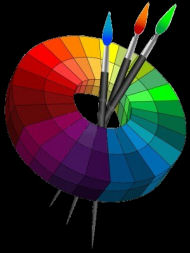 |
| The logo evolution! |
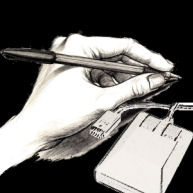 |
| Manuals! |
 |
| Beat them All! |
 |




 8.0
8.0
















 CPU: Various processors from Intel,AMD, Cyrix, varying from 4.77Mhz (Intel 8088) to 200Mhz (Pentium MMX) and up to 1995 (available on this site)
CPU: Various processors from Intel,AMD, Cyrix, varying from 4.77Mhz (Intel 8088) to 200Mhz (Pentium MMX) and up to 1995 (available on this site)